Introduction
Brine shrimp eggs, also known as Artemia cysts, are a staple in aquaculture, aquarium hobbyist communities, and scientific research due to their high nutritional value and ease of use. These tiny, dormant eggs are prized for their ability to hatch into live feed for fish, invertebrates, and larval species. However, one critical question often arises among users: How long can brine shrimp eggs remain viable when stored at room temperature? This article delves into the factors influencing the shelf life of brine shrimp eggs, best practices for storage, and how to determine if your eggs have expired. Whether you are a seasoned aquarist or a novice, understanding these principles will help you maximize the lifespan and efficiency of your brine shrimp egg supply.
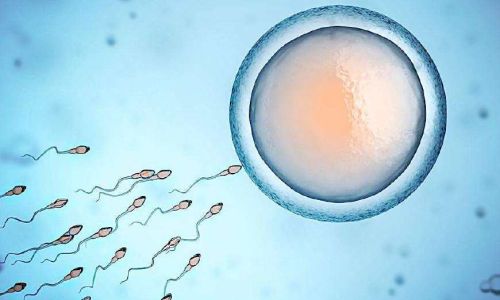
Understanding Brine Shrimp Eggs and Their Dormancy
Brine shrimp (Artemia salina) are crustaceans native to saline environments like salt lakes and ponds. Their eggs are uniquely adapted to survive harsh conditions through a state called diapause, a biological pause that allows the embryos to withstand dehydration, extreme temperatures, and lack of oxygen. When exposed to favorable conditions—such as water, warmth, and light—the eggs hatch into nauplii, the larvae stage that serves as nutrient-rich food for aquatic organisms.
This remarkable survival mechanism is why brine shrimp eggs can remain viable for extended periods. However, their longevity is not infinite and depends heavily on storage conditions. Proper handling ensures that the eggs retain their hatching potential, while neglect can render them useless within months.
Factors Affecting the Shelf Life of Brine Shrimp Eggs
The durability of brine shrimp eggs at room temperature is influenced by several interrelated factors. Understanding these variables allows users to optimize storage and predict expiration dates accurately.
-
Temperature and Humidity
Room temperature typically ranges between 68–77°F (20–25°C), but fluctuations can occur. Higher temperatures accelerate chemical reactions, including oxidation and degradation of the eggs’ outer shell (chorion). Excessive humidity introduces moisture, which can trigger premature hatching or mold growth. Ideally, storage areas should maintain a stable, cool environment with low humidity. -
Light Exposure
Light, especially ultraviolet (UV) rays, can degrade the eggs’ integrity over time. Prolonged exposure to sunlight or artificial light sources may reduce hatch rates. Storing eggs in opaque, airtight containers minimizes light penetration and preserves viability. -
Oxygen Exposure
Oxygen is a silent antagonist in storage. It contributes to oxidation, which breaks down lipids and proteins within the eggs. Vacuum-sealed packaging or containers with minimal airspace mitigate this risk. -
Packaging Quality
The original packaging of brine shrimp eggs is often designed to block moisture, light, and oxygen. Once opened, transferring eggs to airtight containers (e.g., glass jars with rubber seals or mylar bags) becomes crucial to prevent contamination. -
Egg Age and Quality
The freshness of the eggs at the time of purchase matters. Reputable suppliers provide eggs with high hatch rates, but even these will degrade faster if mishandled. Always check the manufacturing date and source.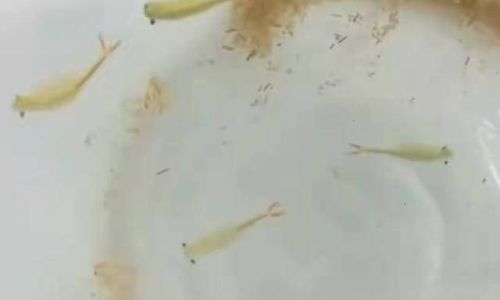
Shelf Life of Brine Shrimp Eggs at Room Temperature
Under optimal conditions, unopened brine shrimp egg packages can retain viability for 12–24 months at room temperature. However, this estimate varies based on the factors discussed earlier. Here’s a breakdown of scenarios:
-
Unopened, Vacuum-Sealed Packages:
Stored in a cool, dark, dry place, these can last up to 2 years. The vacuum seal prevents oxygen and moisture ingress, preserving egg quality. -
Opened Packages:
Once exposed to air, the clock starts ticking faster. Opened eggs stored at room temperature may remain viable for 3–6 months, depending on resealing methods. Using oxygen absorbers or transferring eggs to smaller containers to reduce airspace can extend this period. -
Poor Storage Conditions:
Eggs left in humid environments, direct sunlight, or fluctuating temperatures may spoil within 2–4 months, with significantly reduced hatch rates.
Comparing Room Temperature Storage to Refrigeration/Freezing
While room temperature storage is convenient, refrigeration or freezing can dramatically prolong shelf life:
-
Refrigeration (32–40°F / 0–4°C):
Slows metabolic and chemical processes. Unopened packages can last 3–5 years, while opened containers may retain viability for 1–2 years. -
Freezing (Below 32°F / 0°C):
Halts degradation almost entirely. Frozen eggs can remain viable for 5+ years, though thawing must be done gradually to prevent condensation.
However, not all users have access to refrigeration, making room temperature guidelines essential.
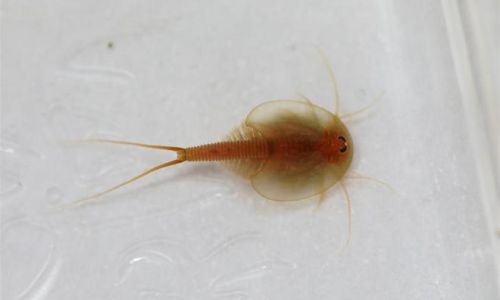
Signs of Spoilage and How to Test Viability
Even if stored correctly, brine shrimp eggs can eventually lose their hatching potential. Here’s how to assess their quality:
-
Visual Inspection:
Fresh eggs appear golden-brown with a uniform texture. Spoiled eggs may clump, darken, or develop a grayish hue. Discoloration indicates oxidation or fungal contamination. -
Odor Test:
Rancid eggs emit a musty, fishy, or sour smell. Fresh eggs have a mild, almost neutral scent. -
Hatch Rate Test:
The most reliable method is to hatch a small sample. Follow these steps:- Hydrate 1/4 teaspoon of eggs in saltwater (1.5 tablespoons of salt per liter).
- Maintain a temperature of 80–82°F (26–28°C) with continuous aeration and light.
- After 24–48 hours, count the hatched nauplii. A hatch rate below 50% suggests degradation.
Prolonging Shelf Life: Best Practices
To maximize the lifespan of brine shrimp eggs at room temperature, adhere to these guidelines:
-
Repackage Immediately:
Transfer eggs to airtight, opaque containers after opening. Use desiccants (silica gel packets) to absorb residual moisture. -
Minimize Air Exposure:
Divide eggs into small batches and store them in tightly sealed jars. Larger containers allow more oxygen exposure, accelerating spoilage. -
Control Temperature Fluctuations:
Avoid storing eggs near heat sources, windows, or appliances generating warmth. A consistent, cool environment is ideal.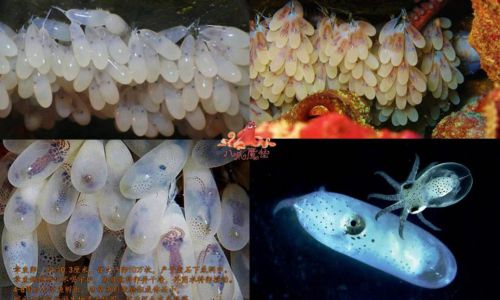
-
Label Containers:
Note the purchase date and hatch rate test results. This helps track freshness and plan usage. -
Avoid Cross-Contamination:
Use clean, dry utensils when handling eggs to prevent introducing bacteria or mold.
Common Myths and Misconceptions
-
“Freezing Damages Eggs”:
While rapid temperature changes can cause condensation, gradual freezing (e.g., placing eggs in the fridge overnight before transferring to the freezer) minimizes this risk. -
“All Eggs Hatch at the Same Rate”:
Hatch rates decline over time, even under perfect storage. Regular testing ensures accuracy. -
“Room Temperature Storage Is Inferior”:
While refrigeration/freezing extends shelf life, proper room temperature storage can still yield acceptable results for 1–2 years.
Conclusion
Brine shrimp eggs are a remarkable biological marvel, capable of surviving years in dormancy under the right conditions. At room temperature, their shelf life hinges on temperature stability, humidity control, and packaging integrity. By following best practices—such as repackaging, minimizing oxygen exposure, and regular viability testing—users can ensure their eggs remain potent for 12–24 months (unopened) or 3–6 months (opened). While refrigeration or freezing offers superior longevity, room temperature storage remains a viable option for those prioritizing convenience. Whether you’re breeding fish, conducting research, or nurturing a home aquarium, understanding these principles will help you maintain a reliable supply of this invaluable live feed. Always prioritize quality sources, monitor storage conditions, and trust the hatch test—your aquatic companions will thank you.



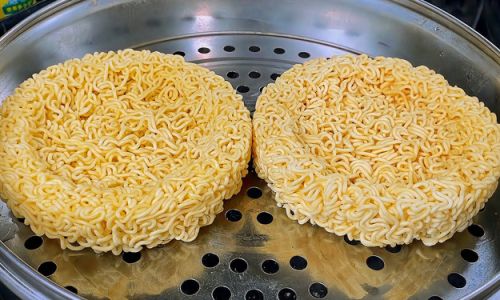


0 comments